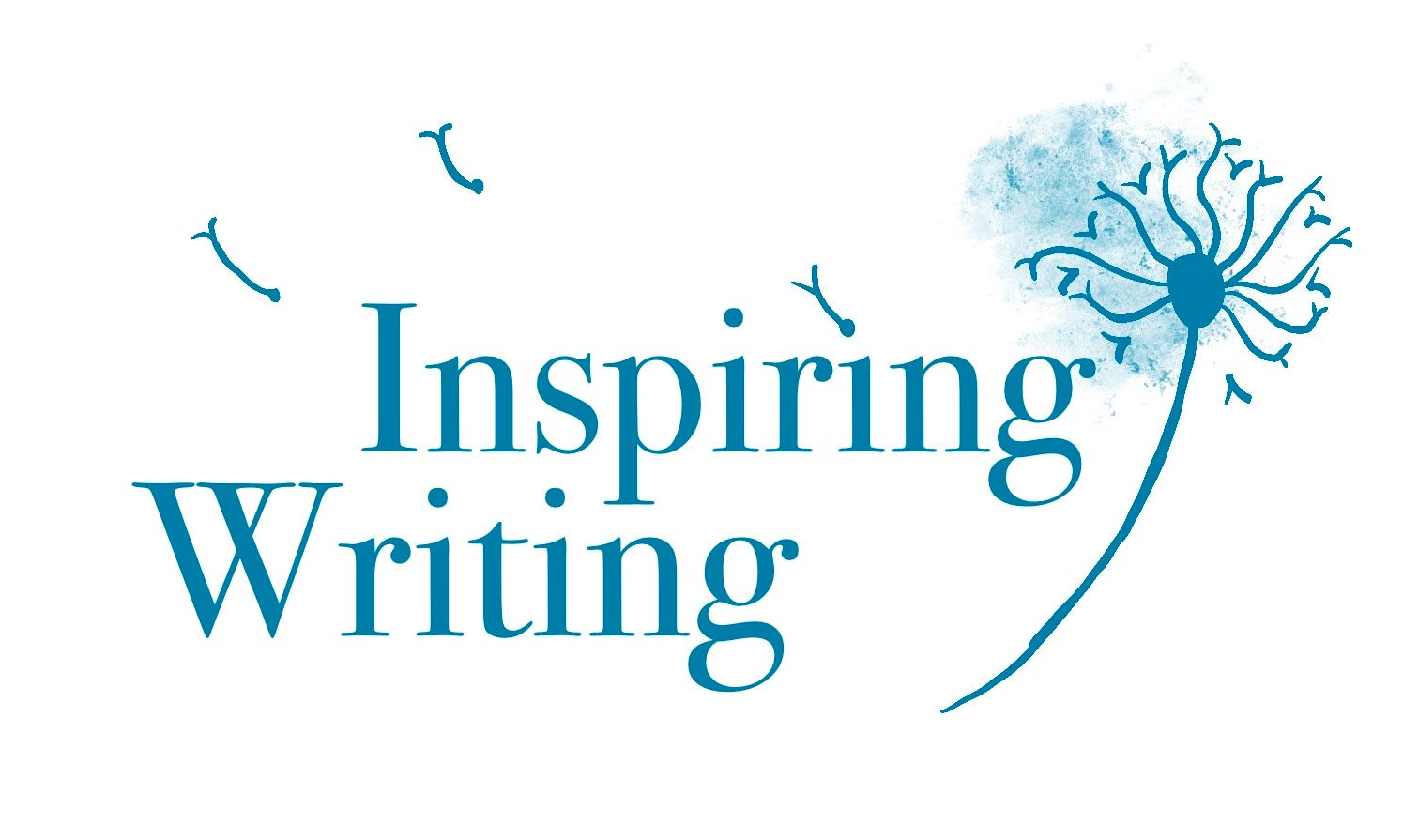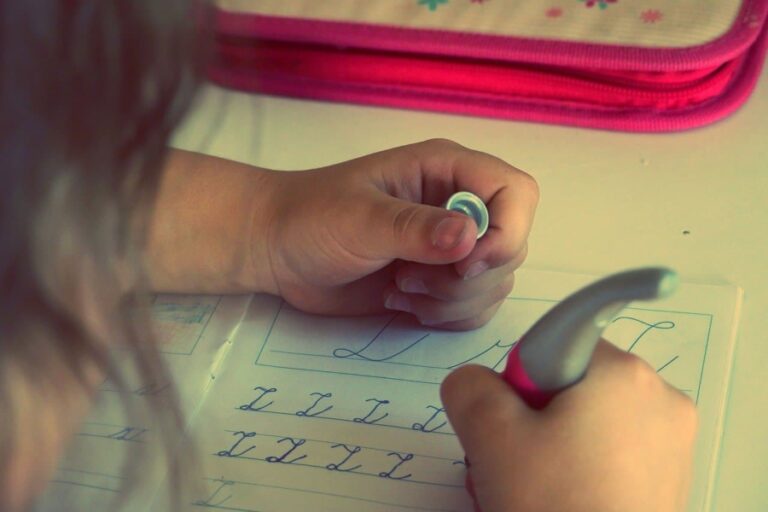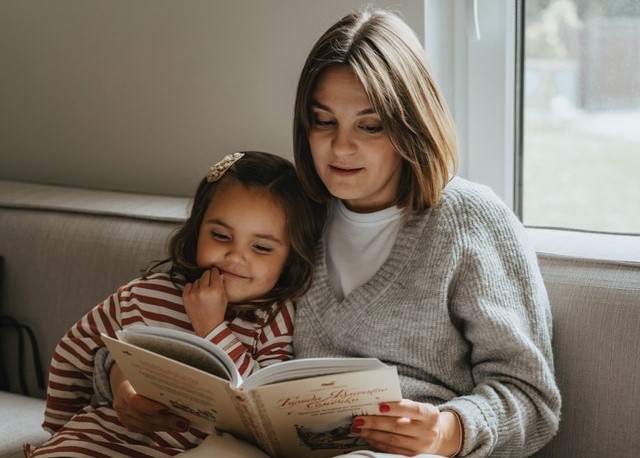10 Ways to Integrate Writing with Homeschool History Studies
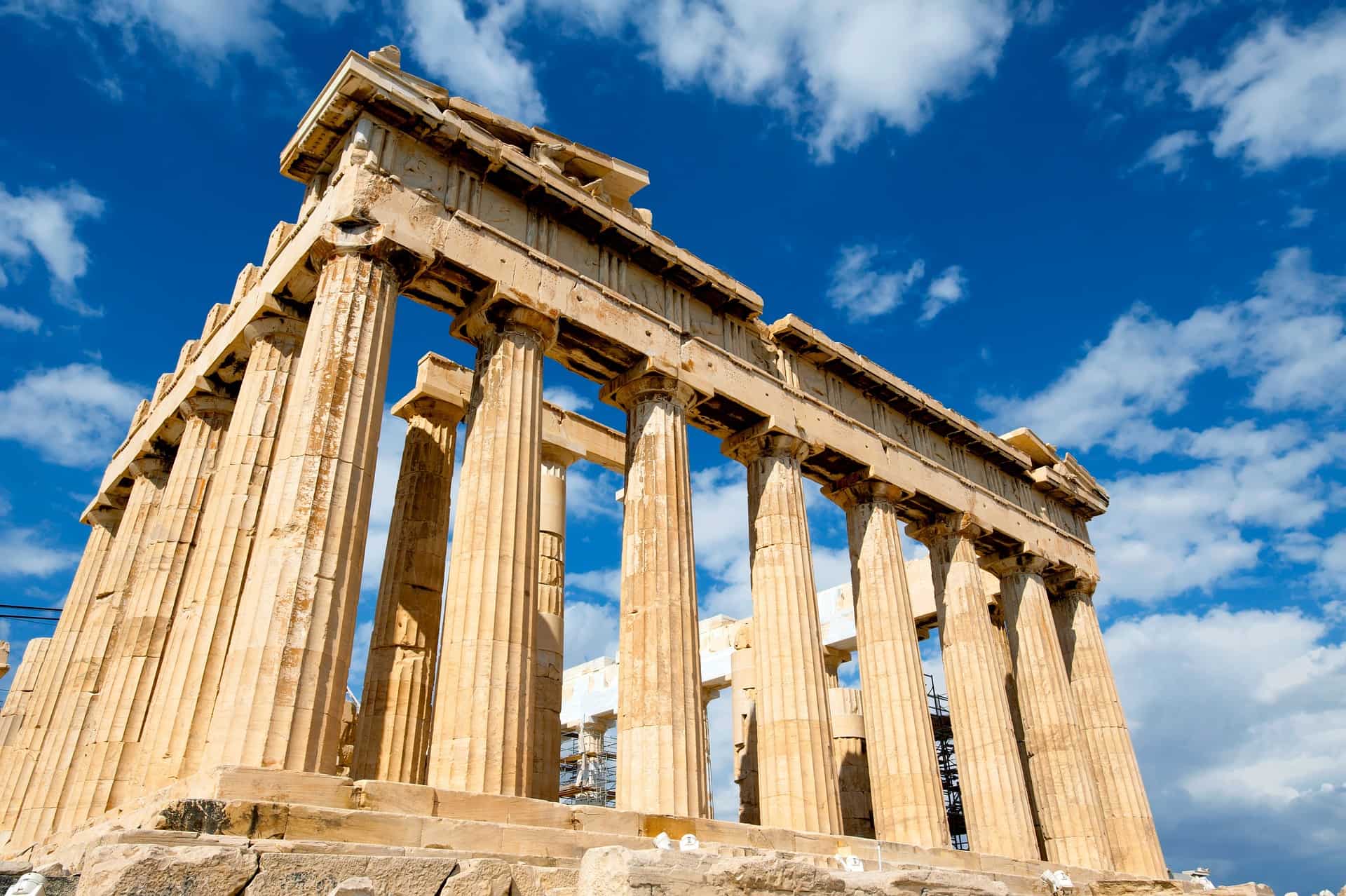
Have you ever wondered how to integrate writing into your homeschool history studies? Our family loved studying history together. Through historical fiction like The Golden Goblet, we experienced the sights, sounds, and smells of Ancient Egypt. Gripping biographies introduced us to heroes from the past like Harriet Tubman, Corrie ten Boom, George Muller, and Thomas Edison. Spellbound, we listened as our elderly Jewish friend told us how he was harbored in the countryside in France during World War II. Historical movies and documentaries also fueled our love for history. To my surprise, my sons even learned about history through one of their favorite computer games, Age of Empires. So how can we use this love of history to spark some engaging writing activities?
Here are some ideas you might like to try.
Narrations or retellings
Educator Charlotte Mason suggests having your children narrate what they remember from what has been read or heard. Summarizing and choosing the most interesting facts consolidates their learning, builds vocabulary, and helps them store the information in long-term memory. Younger ones can dictate their narrations to you, building composition skills while you record their words. These pieces, or excerpts from them, could possibly then serve as copywork.
Older children can write out their own narrations. However, feel free to serve as scribe or share the pen, depending on their writing level and stamina. Compiling these retellings can create a meaningful record of their learning. For some help with making attractive history notebooks, you can check out the history resources at Notebookingpages.com.
But wait! You say your children don’t like doing narrations? Or they get tired of doing them? I understand!
Some children who dislike sharing straightforward narrations may find some of the following ideas to be more enjoyable ways of relating and writing about what they’ve learned.
Journal entries and letter writing
Your children can choose one of the people you are studying, or somebody who encountered them, and write a journal entry from that person’s perspective. This activity can be applied to Bible stories as well as other historical stories. Putting themselves in someone else’s shoes helps children think critically and creatively. If a couple of your children choose different characters, this activity can help them understand a range of perspectives. For example, what might Hitler have written after a failed assassination attempt on his life? What might Churchill have written in his journal after hearing about it? Discussing the options and considering how the various people might have responded engages our children’s imaginations.
Your children could also choose a person involved in a significant event and write a letter from that individual’s perspective to another person. Choosing different audiences sheds light on different perspectives. How would a letter differ if written to a sympathetic family member, compared to if written to a politician at the time? Or maybe your children would like to write a letter to a historical character telling the person what they think about their decisions or actions. Discussing the possibilities before writing grows thinking skills and gives your children a chance to express their opinions.
Newspaper articles, editorials, or ads
What articles or editorials might have been written about the event you just read or heard about? Discuss possible catchy headlines. Discuss the inverted pyramid-style format of news stories, look at a few examples, and then work together to write a news story about the event. After a bit of practice at answering the 5 W questions in the first couple of sentences, your children might like to try their hand at writing their own articles.
Older children may like to experiment with letters to the editor or editorial pieces that may have been written at the time. Some kids may even like to create an ad or a fashion piece that might have appeared in an imagined Egyptian Times or the Medieval Chronicles. For some inspiration, you could browse the History News series which includes Revolution News, covering several key revolutions, The Aztec News, The Roman News, and more. Our kids enjoyed The Egyptian Echo.
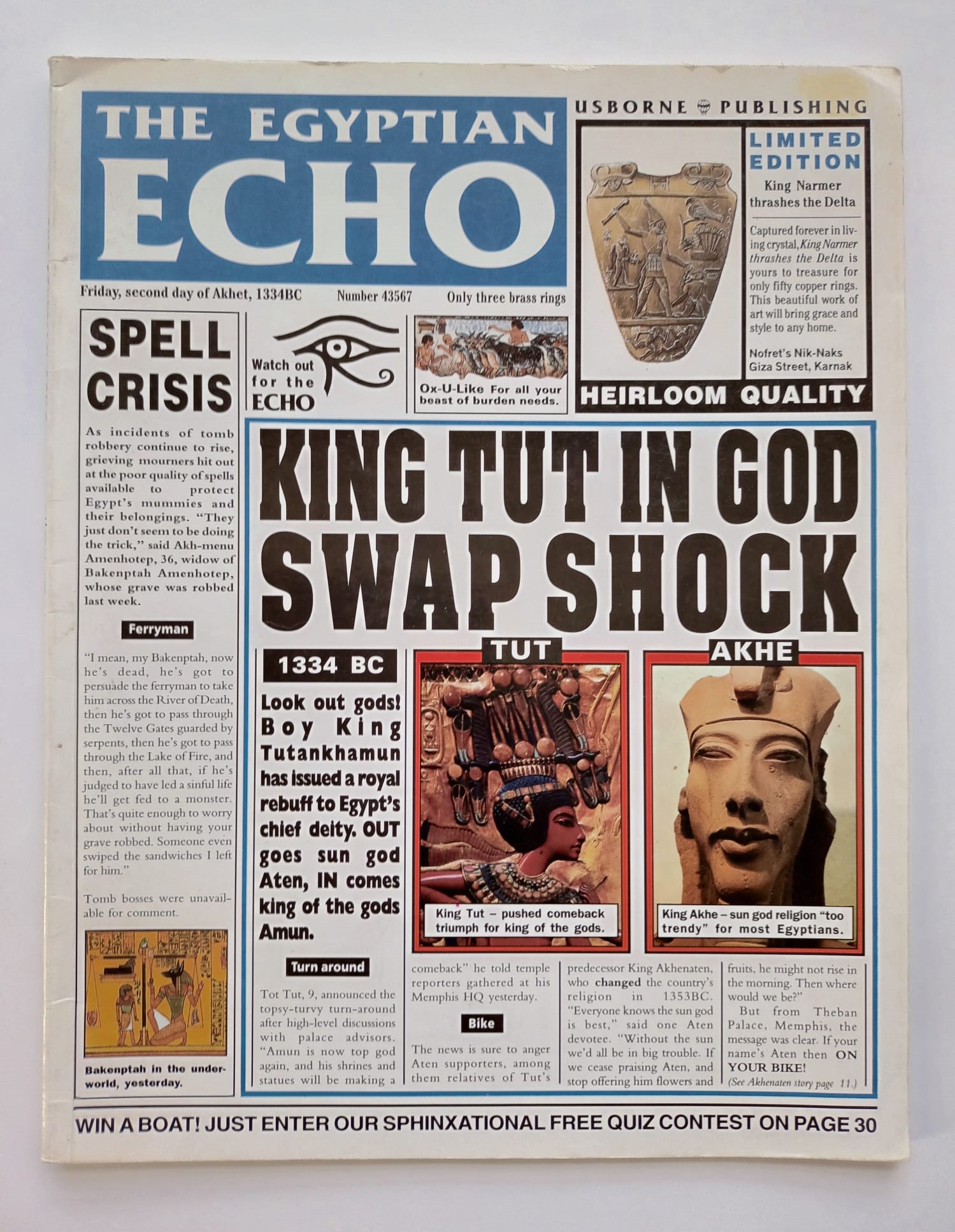
Daniel Schwabauer created a whole high school writing curriculum, Byline, around the concept of “chronojournalism”. Students research and write newspaper articles, editorials, op-ed pieces, reviews, press releases and more, all from the perspective of a 1930s-era newspaper reporter. Our youngest daughter engaged in this challenging curriculum with a group of friends. Together they grew their writing skills while also learning to recognize and analyze propaganda.
Puppet plays or movie scripts
Your children might enjoy writing a puppet play or movie script to depict an important historical event. If writing a movie script, they’d be challenged to think visually and include not only the dialogue but also set the scene and describe the actors’ expressions and actions. Years ago we worked together to write a puppet script showing what we’d learned about the early pilgrim’s journey to America and their first thanksgiving celebration. Then we used puppets to act it out for our Thanksgiving guests.
Posters or booklets
Your artistic children might enjoy making a “Did You Know?” poster or booklet about a historical figure or event. After gathering facts, they might enjoy choosing the most interesting ones to feature. One of my daughters had fun creating a lift-the-flap booklet about John Bunyan. We also used a similar idea to help us remember the different Egyptian kingdoms.
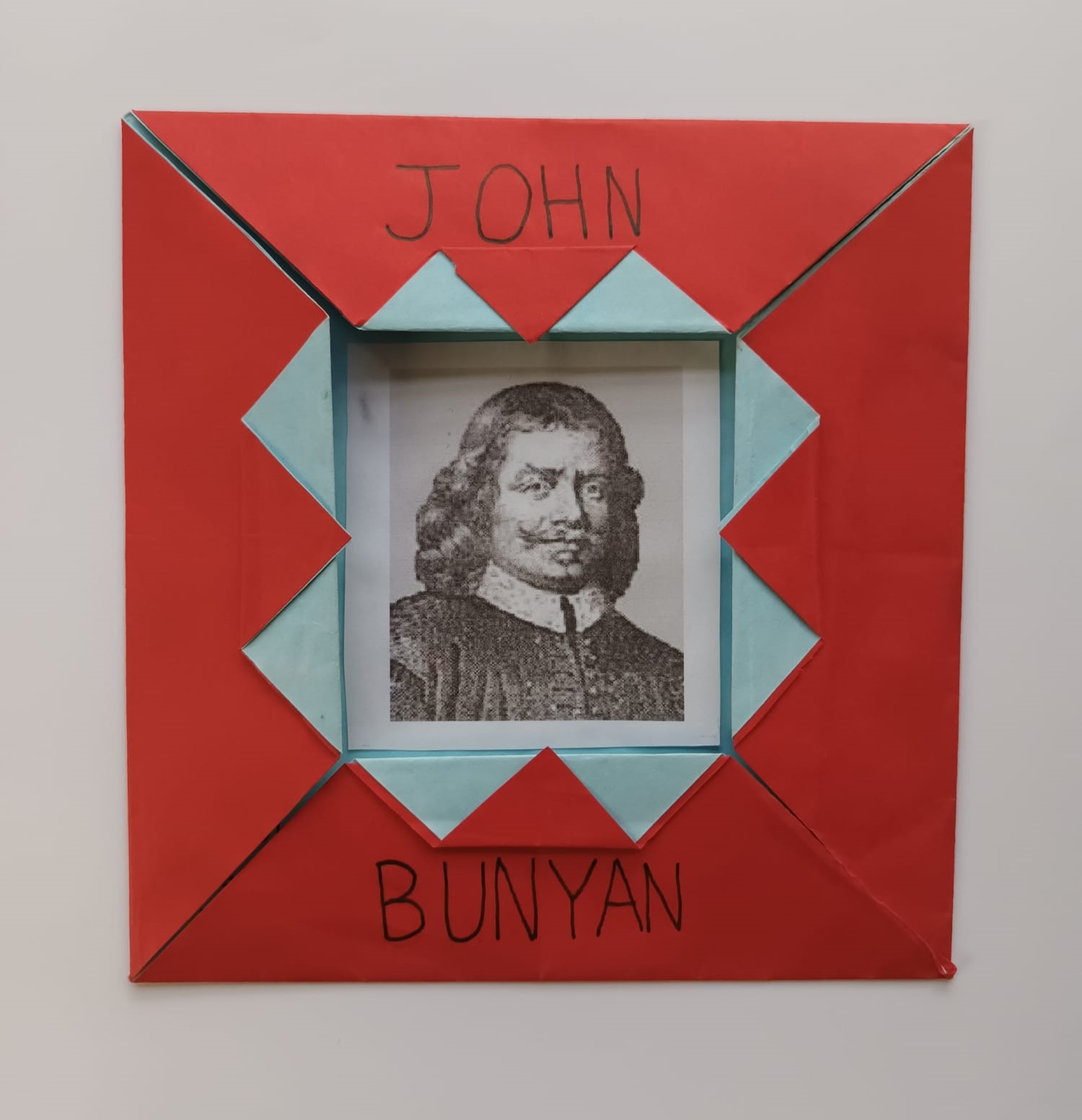
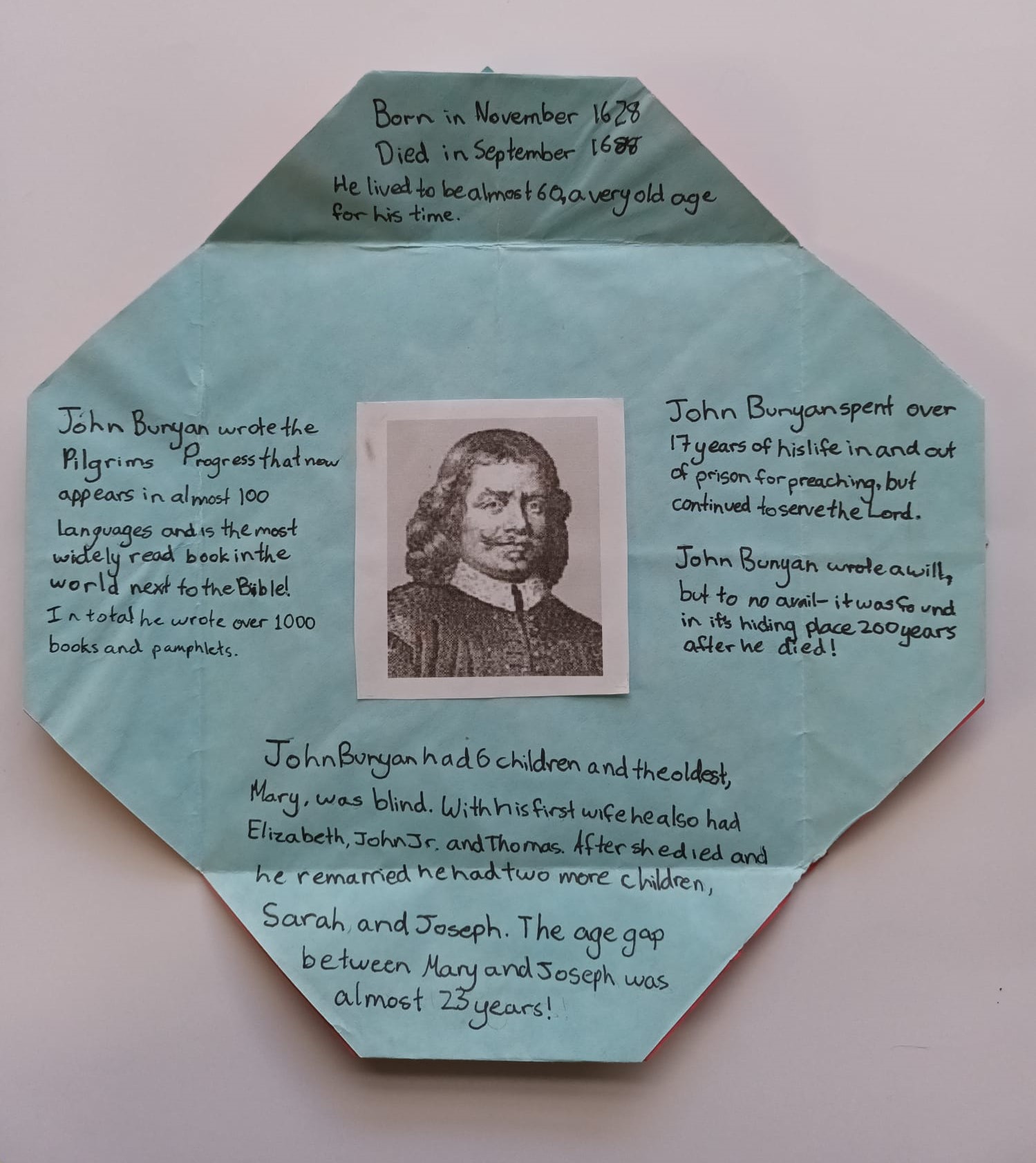


Poems
History involves people’s stories and stories evoke emotions. Your children might be inspired by reading some poems that were sparked by historical events. “Paul Revere’s Ride”, “In Flander’s Fields”, and “The Charge of the Light Brigade” are just a few famous examples.
Not all poems have to rhyme and they don’t all have to be serious. Your children might have fun writing a limerick about an inventor or explorer, considering the funny side of things. Or they might enjoy writing an acrostic poem based on the name of a famous person or event. Acrostics don’t have to rhyme, and they can use a variety of single words, phrases, or full sentences. Free verse poems can also provide an outlet for your children to express their thoughts and feelings about a particular person or historical event.
Stories
One of our sons was passionate about military history, and he enjoyed writing stories set in different times. Aztec warriors, Roman centurions, and World War 2 fighter pilots all featured in his tales. Since he often dreamed these would be whole novels, he seldom finished them. However, each one gave him excellent writing practice and grew his writing skills. We sometimes got satisfying closure by having him write stand-alone chapters. Due to his dyslexia, I initially served as his scribe, but as his spelling improved and his typing skills got better, he was able to work more independently.
If you do a fun activity, like celebrating a historical time period with a meal or special field trip, your children might like to write a story about it, especially if you work together. Or they may enjoy writing captions to go with any photos you take. One year we had an Aztec meal complete with costumes and then worked together to write about it for our family scrapbook.
Projects
Your children might be inspired to create a history project. In our city, the annual homeschool history fair sometimes motivated my children to develop a history project. One year our daughter focused on the fashions of Ancient Rome. Another year, our son highlighted some of the pilots and planes involved in the Battle of Britain, complete with drawings and maps.
When our oldest was about twelve, she completed a project on Gladys Aylward. After reading two or three biographies, she used the information to create a mix of report writing and storytelling. She also imagined and wrote diary entries as if she was Gladys leading 100 Chinese orphans across the mountains to safety during World War II.
Entering the history fair prompted the children to find creative ways to present their information. Also, it stretched them to discuss their projects with the judges and attendees. On a smaller scale, we sometimes created a presentation opportunity at home, inviting grandparents and close friends to come and celebrate what the children had learned. Another option would be to invite two or three families to join you to create a mini-history fair, celebrating together.
Personal Responses
In her book, The Read-Aloud Family, Sarah MacKenzie of Read-aloud Revival suggests some compelling questions that make for great discussions and develop critical thinking. These can be applied to characters in any story, including historical people. Here are a few that would make for lively conversations about history:
“Should he or she have done that?” Give reasons and evidence for one’s opinion.
“How is X like Y? Or how is X different from Y?” For example, “How is Hitler like Churchill?”, and “How are they different?”
“Who is the most _____ in this historical story?” Fill in the blank with words like courageous, cowardly, dangerous, greedy, hard-working, resourceful, unselfish, etc. Your children might like to choose the adjective.
“What does this story or historical figure remind you of?” Perhaps the answer will be another person or a current event.
“What’s something you don’t want to forget from this person’s life or from this time in history?”
After some good discussion, these questions would make good prompts for timed or untimed freewriting. Later, your children might like to polish a piece and add this writing to their history notebooks. Even if they don’t write out their answers, these conversations will develop their thinking and help them be more reflective when they are ready to write.
Interviews
Since history is always in the making, your children can interview someone and record this “living history”. Grandparents or great-grandparents have stories to share. Also, you may know an international student or a refugee, or someone who has lived overseas who would have a different perspective on life. Or someone you know might have an interesting job or experience to tell your children about. You could help your children come up with a list of questions. Record the interview if possible, and then help your children take notes on what they’ve heard. They could then write a story or a few paragraphs highlighting some of the interesting information they discovered.
Institute For Excellence in Writing (IEW) has older students write a biographical essay based on an interview. Daniel Schwabauer’s Cover Story curriculum encourages middle-school children to interview someone and write the person’s story. Our children wrote questions and interviewed people, uncovering some fascinating facts and stories.
If your kids enjoy filmmaking, they could write a list of questions and then video and edit the interview. My daughter recently did this with her 93-year-old grandmother and now we have a beautiful record of some treasured memories.
Conclusion
That’s a lot of possible ways to integrate writing with your history studies! I hope at least one will inspire you and your children to try something new. Remember to support your child as much as needed to set them up for success. If you try one of these ideas, I’d love to hear about it. Just send me a message through my Contact page.
Some links are affiliate links. Thank you for your support!
